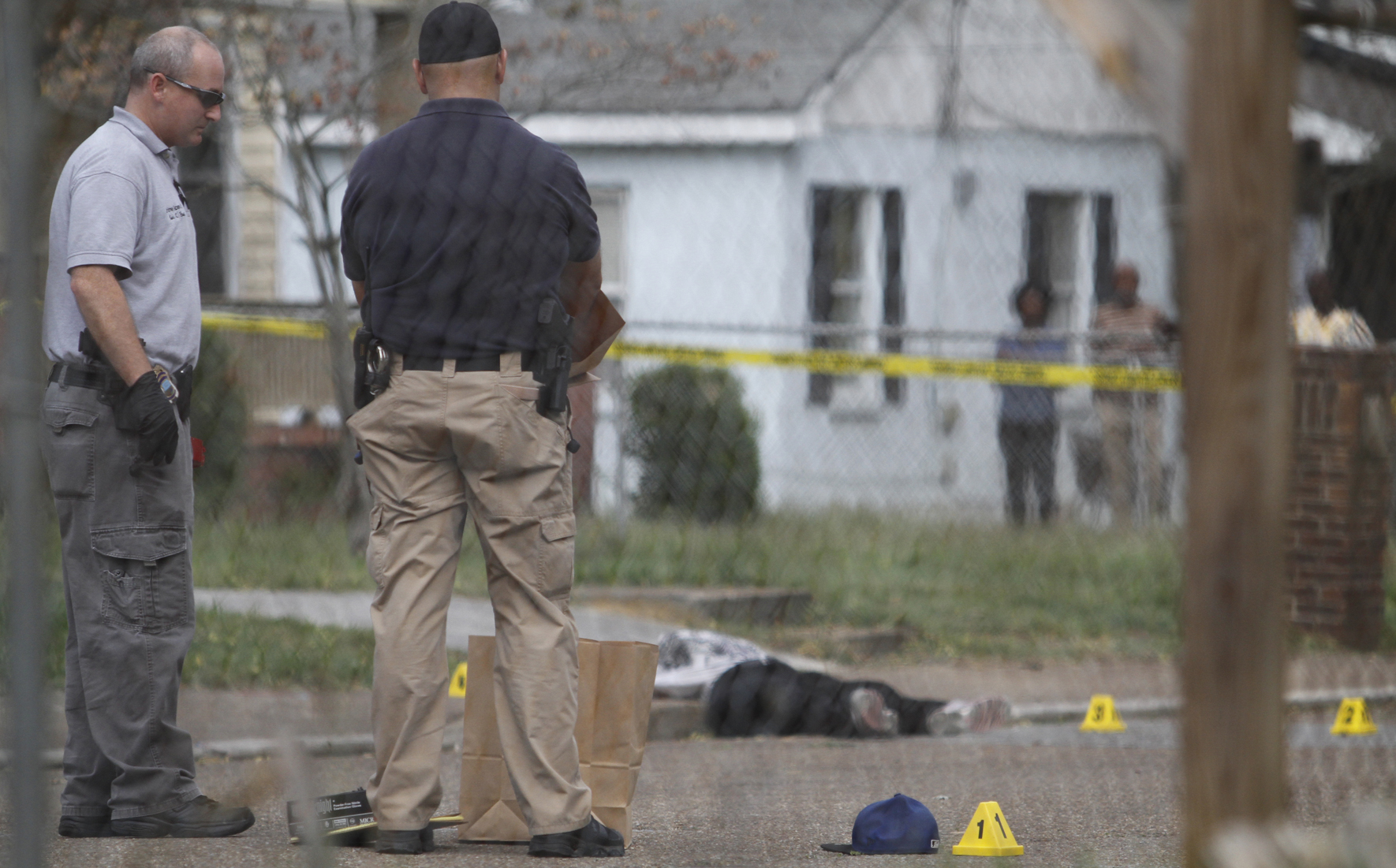Comprehensive gang assessmentThe Comprehensive Gang Assessment was developed following a protocol set by the Office of Juvenile Justice and Delinquency Prevention in the U.S. Justice Department.The report's authors tapped records from the federal census, law enforcement agencies, UTC's Center for Social and Applied Research and the Ochs Center for Metropolitan Studies. They also reviewed media and other published reports and conducted individual interviews to build a picture of gang numbers, participation and impacts in Chattanooga.As part of the report, the Center for Social and Applied Research conducted extensive surveys in 13 Hamilton County schools. They sent questionnaires to 6,721 students and 4,000 school employees, held several focus groups for employees and parents and reviewed school disciplinary data for 2010-12.The Ochs Center held 15 focus groups, surveyed community leaders and interviewed more than 450 people, from law enforcement to gang members, for the study segments on community perception and the community resources now active in preventing or combating gangs.
There's been talk for years about what to do about gang violence.
But on Friday, after six months of research, the Ochs Center for Metropolitan Studies and the University of Tennessee at Chattanooga issued the most detailed study on gangs in Chattanooga's history. Members of the city's anti-gang task force steering committee reviewed highlights of the study and 19 recommendations.
Among the findings of the Comprehensive Gang Assessment:
• Most gangs are entrenched in certain neighborhoods where there is high unemployment and poverty and where most households are headed by women.
• Children of all ages attend school in fear. The study includes surveys from more than 5,000 students at 13 middle and high schools. More than 700 students surveyed said they are affiliated with a gang.
"Gangs have a real presence in the lives of students. The students live in a certain amount of fear in our schools. They are aware of gang activities taking place. They have been subjected to gang activity, intimidation," said Barbara Medley, director of Center for Applied Social Research at UTC.
• Law enforcement doesn't keep accurate statistics about gangs, but Chattanooga Police Department figures show 1,391 gang members.
• The University of Tennessee at Chattanooga and the business community remain detached from the issue.
• People have lost faith in elected officials, the criminal justice system, nonprofits and churches.
"I haven't seen the study, but from the summary you gave us, to cut to the chase, you confirmed what we know. More elaborate. More detail. It's not surprising to most of us," said Chattanooga Police Chief Bobby Dodd, who attended the meeting Friday and is on the steering committee.
He was one of about 15 officials who attended.
"Yes, we may have confirmed what we already know, but we feel like this assessment has enabled us to learn a little bit more about the 'Why?' and has really helped point us in directions toward the 'How?'" said Marcy Porter, a senior research associate at the University of Tennessee at Chattanooga.
Some steering committee members sounded frustrated.
"It's time to get the real people at the table," said former City Judge Walter Williams, who retired in 2003. "It's time to get the superintendent of schools here. The chairman of the board of education here. It's time to get the city mayor here. The county mayor here. The chairman of the County Commission here. The head of the Chamber of Commerce here. The president of the bank here. The head of the Lyndhurst Foundation here."
Hamilton County Sheriff Jim Hammond came to the meeting late and left early. He never voiced any concerns during the meeting.
Hamilton County Schools Superintendent Rick Smith was absent. So were both mayors.
Despite the frustration, Hamilton County General District Attorney Bill Cox said progress has been made in the last year since task force formed.
"I think that a year ago today there was no table and no one sitting around it. There was no task force getting up every morning to think of ways to reduce gang violence," he said. "This is not the day we can solve all the problems. This is the day that can give us insight to where we can act first to start addressing all of those problems."
Dodd said the business community must step up. No one representing large employers was present at the meeting.
"Why don't we as a group, or collectively as a city, bring in the mayors and go to Alstom, Amazon and go to Volkswagen and demand jobs. Not ask them, demand them. 'You're going to be a corporate citizen here; here's what we need from you,'" he said.
"There's no way in the world we can't take 100 hard core criminals who run most of the crime we have in this city. Not 1,200. Not 1,300. It's about 100 people. There's no way this city can't give those 100 people a job," Dodd said.
The 173-page assessment is scheduled to be released next week.
